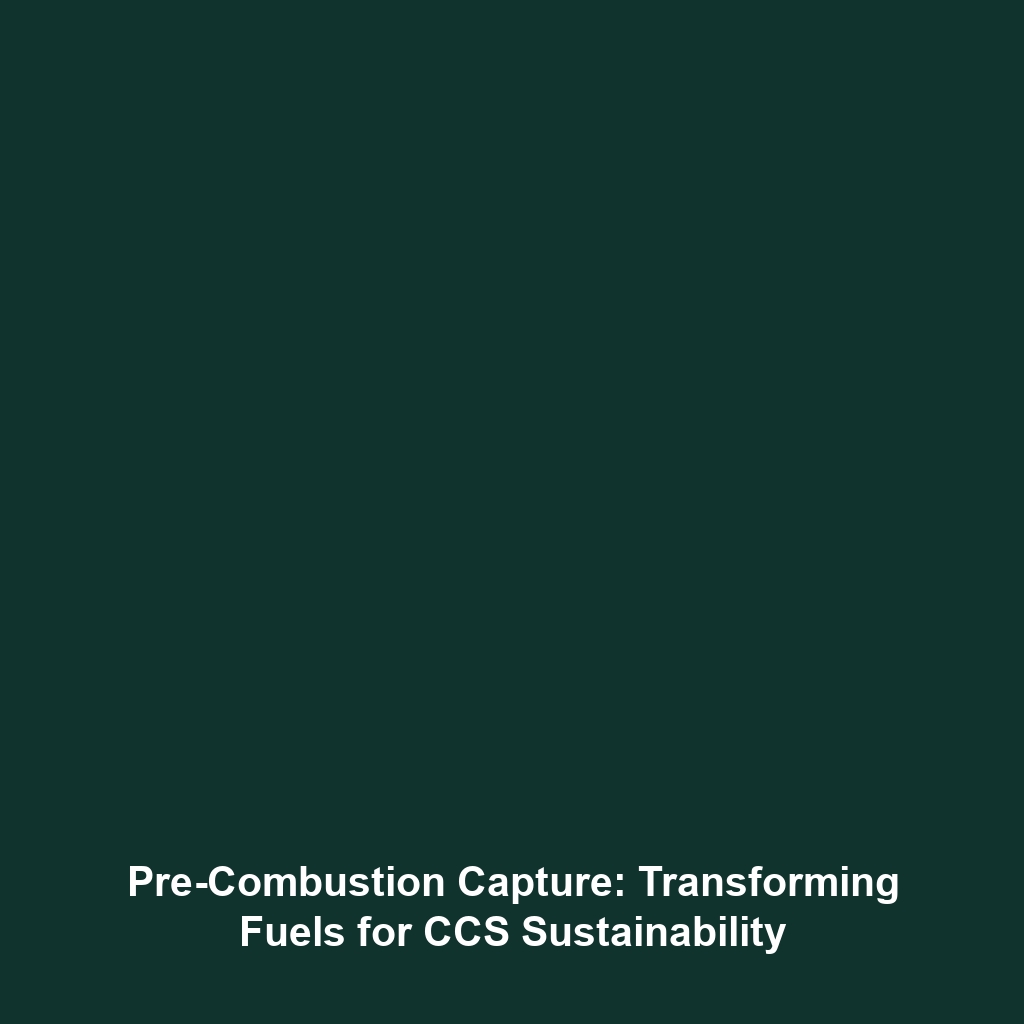<>
Radiation Protection: Technologies and Strategies to Shield Humans from Cosmic Radiation for Colonizing Mars
Introduction
As humanity stands on the brink of colonizing Mars, the significance of radiation protection emerges as a critical consideration. Cosmic radiation poses a substantial risk to human health during long-duration space missions, making it imperative to develop effective technologies and strategies for shielding astronauts. Understanding these measures is vital not only for the success of interplanetary travel but also for ensuring the safety and longevity of future Martian colonies.
Key Concepts
The key concepts surrounding radiation protection for colonizing Mars encompass various technologies designed to mitigate the dangers of cosmic radiation.
- Types of Radiation: Cosmic rays consist of high-energy particles that can cause cellular damage and increase cancer risk.
- Shielding Materials: Research into effective shielding materials such as polyethylene, hydrogen-rich compounds, and advanced technologies like magnetic shielding highlight potential strategies to minimize exposure.
- Radiation Monitoring: The development of dosimeters and monitoring systems allows real-time tracking of radiation exposure for astronauts.
Applications and Real-World Uses
The applications of radiation protection technologies extend beyond Mars colonization, influencing space missions and terrestrial safety protocols. Key examples include:
- Spacecraft Design: The application of multi-layered shielding in spacecraft to limit astronaut exposure during missions.
- Planetary Habitats: Designing Martian habitats with embedded shielding materials can ensure safety from harmful radiation.
- Medical Countermeasures: Investigating pharmaceuticals that may mitigate the impacts of radiation exposure is crucial for protecting human health during space exploration.
Current Challenges
Despite advancements in understanding radiation protection, several challenges remain in applying these technologies to the colonization of Mars:
- Cost-Effective Solutions: Developing affordable and efficient shielding mechanisms is a critical barrier.
- Long-Term Effects: The long-term biological effects of space radiation remain poorly understood, complicating strategies for protection.
- Testing and Validation: Limited opportunities to test radiation protection technologies in real-life Martian environments hinder progress.
Future Research and Innovations
Future research in radiation protection holds promise for groundbreaking innovations that will facilitate colonizing Mars. Key areas of focus include:
- Next-Generation Materials: Ongoing research into new materials that can effectively shield against cosmic radiation may lead to significant breakthroughs.
- Active Radiation Defense Systems: Investigating technologies like electromagnetic fields that can deflect radiation could revolutionize safety protocols.
- Biological Research: The development of biological strategies to enhance human resilience against radiation exposure is another promising frontier.
Conclusion
In conclusion, radiation protection is a cornerstone of the colonization of Mars, ensuring that human explorers are safeguarded against cosmic radiation risks. Continued research and innovation are essential for developing effective shielding technologies and strategies. As we pave the way for the future of space exploration, stakeholders are encouraged to invest in research that underpins these critical safety measures. For further insights, explore related topics such as advanced shielding materials and health effects of space travel.


